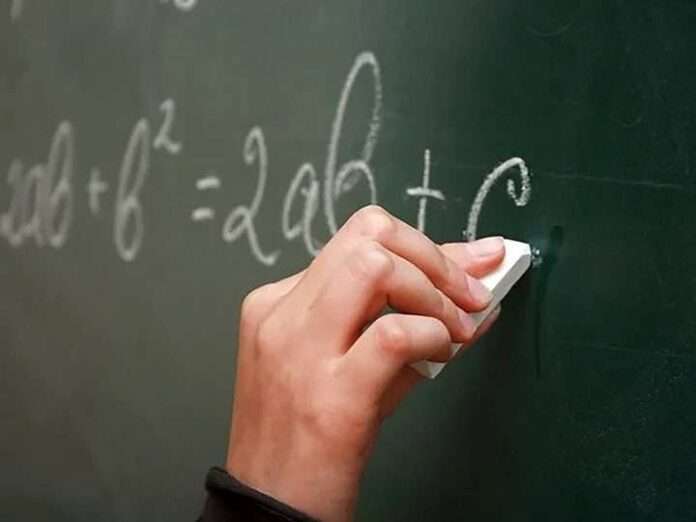The shortage of quality maths teachers; poor maths matric results; a white and male dominated maths higher education sector and a lack of diversity in maths research will continue for another 27 years.
This is the grim picture on the future of maths education painted by mathematician and former Vice-Chancellor of Wits University Prof Loyiso Nongxa and lead implementor of the National Graduate Academy for Mathematical and Statistical Sciences which focuses on the development of the next generation of mathematicians and statisticians in South Africa.
With 300 maths academics in higher education institutions expected to retire from this year to 2040, Nongxa said how the positions would be filled would have an impact on how the maths sciences landscape would look in the next 25 years.
He said unless deliberate steps to transform the current knowledge base were taken, the challenges facing maths education in South Africa would continue to 2050.
Nongxa, a trustee of the African Institute for Mathematical Sciences (South Africa), shared these concerning numbers at a colloquium hosted by the Stellenbosch University last month titled “South African Mathematical Sciences Landscape in 2050”, which the university shared this week.
Nongxa also lamented the absence of a national strategy for mathematical sciences, despite the importance of the field.
“Mathematical sciences provide the fundamental languages for computational simulation and data analysis,” describing them as the key drivers of computing and big data.
Quoting data from the Centre for Research on Evaluation, Science and Technology Report released this year, Nongxa said that in 2020 there were 528 maths academics – 61% of whom had a doctoral qualification.
The report said just under a third of all the maths academics were women and more than 60% were over the age of 50.
“Unless we take deliberate steps to transform the current knowledge base, this situation, by 2050, will be the same.”
Nongxa said as positions became available in the higher education sector, it provided an opportunity to diversifying existing research concentrations and creating new areas of research specialisation.
“There are also opportunities to include more women. Only one woman has obtained an A-rating from the National Research Foundation since 1983, he said.
“Little will change in higher education’s mathematical sciences landscape unless more is done to encourage interdisciplinary collaboration.
“The objective is to have 75% of mathematical academics at doctoral level within the next five years,” he said.
The bad news does not end here.
A study conducted by Stellenbosch University’s Research on Socio-Economic Policy on teacher demographics notes that the Bachelor of Education degrees have lower entrance requirements than other degrees.
The study also found that most students enrolled for teaching degrees performed significantly worse in matric level maths compared to students enrolled in other degrees.
The Class of 2022 national matric results also speak to the poor quality of maths teachers, with only 55% of pupils passing the subject at matric level.
The pass rate for maths is also down from 57.6% in 2021.
Prof Francesco Petruccione from of Stellenbosch University’s School for Data Science and Computational Thinking said interventions to enable more pupils to complete matric with the qualifications they need to enrol for mathematical-based degrees should start in high school.
“Currently, about 23% of people who write Grade 12 cannot get over 50% for maths,” he said.
Prof Karin-Therese Howell of the Stellies’ department of mathematical sciences, highlighted the importance of role models and mentors in attracting more female pupils and supporting female academics.
The STEM MentHER programme connects girl pupils in Grade 12 with an interest in mathematics to mentors in science, technology, engineering and maths.
The programme – founded by the University of KwaZulu-Natal’s Dr Cerene Rathilal, a lecturer in the School of Mathematics, Computer Science and Statistics – brings together Stellenbosch University, University of Johannesburg, and the University of KwaZulu-Natal academics to help female pupils bridge the school-university gap.
Follow @SundayWorldZA on Twitter and @sundayworldza on Instagram, or like our Facebook Page, Sunday World, by clicking here for the latest breaking news in South Africa.



